
The 146 people who died 105 years ago when New York City’s Triangle Shirtwaist Factory caught fire were mostly young women from immigrant communities, low-wage workers who made blouses in one of the city’s many sweatshops. Individually, they were relatively powerless. Their combined deaths, however, would galvanize the national labor movement and help to forever change the way America treated its workers.
As David Von Drehle, author of Triangle: The Fire That Changed America, has explained, the situation on that day was the perfect storm for tragedy: a clothing factory is inherently full of flammable material—fabric scraps, lint, thread—and the doors to that particular factory were locked.
The fire was a moment that transformed America—but not because it was the beginning of the movement to protect workers’ rights. In fact, the labor movement was already established in 1911, and the growing drive for reform and unionization is thought to be part of the reason why the workers were locked inside. (Locking workers inside was also an anti-theft measure.) But the terrifying scenes of young women jumping out windows to their death, or their burnt bodies lying on the sidewalk waiting for the authorities, were enough to convince workers that it was worth joining a union and to convince others that the unions’ causes were important ones.
One particular witness would not need photographs to tell her how important labor reform would be: On that day in 1911, a woman named Frances Perkins happened to be dining with friends nearby. Hearing the commotion, they rushed outside and witnessed the tragedy firsthand. Perkins was motivated to become a leader in the labor-reform movement—a passion that took her all the way to the White House, where she was named Secretary of Labor in 1933 and thus became the first woman to hold a position in the U.S. Cabinet.
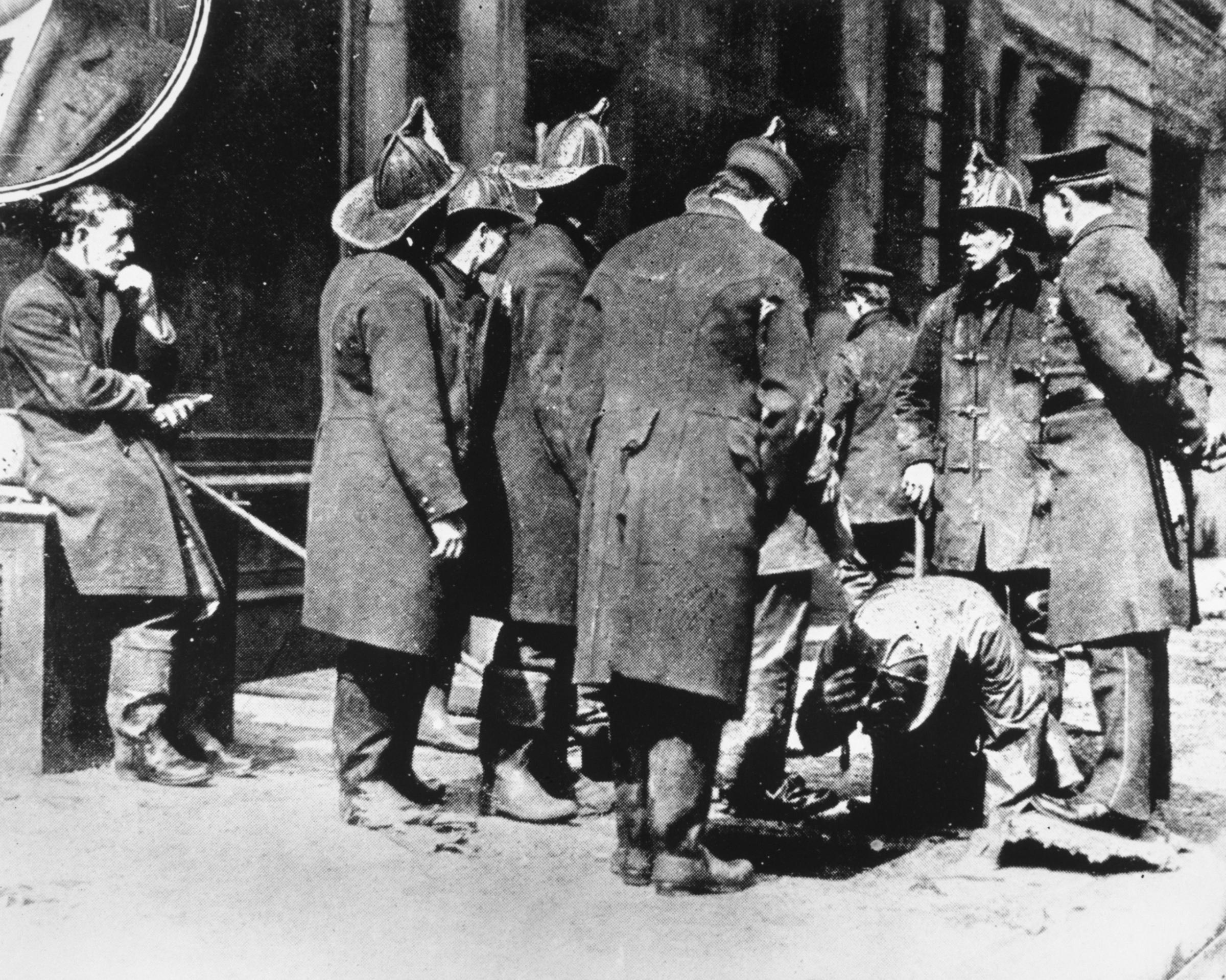

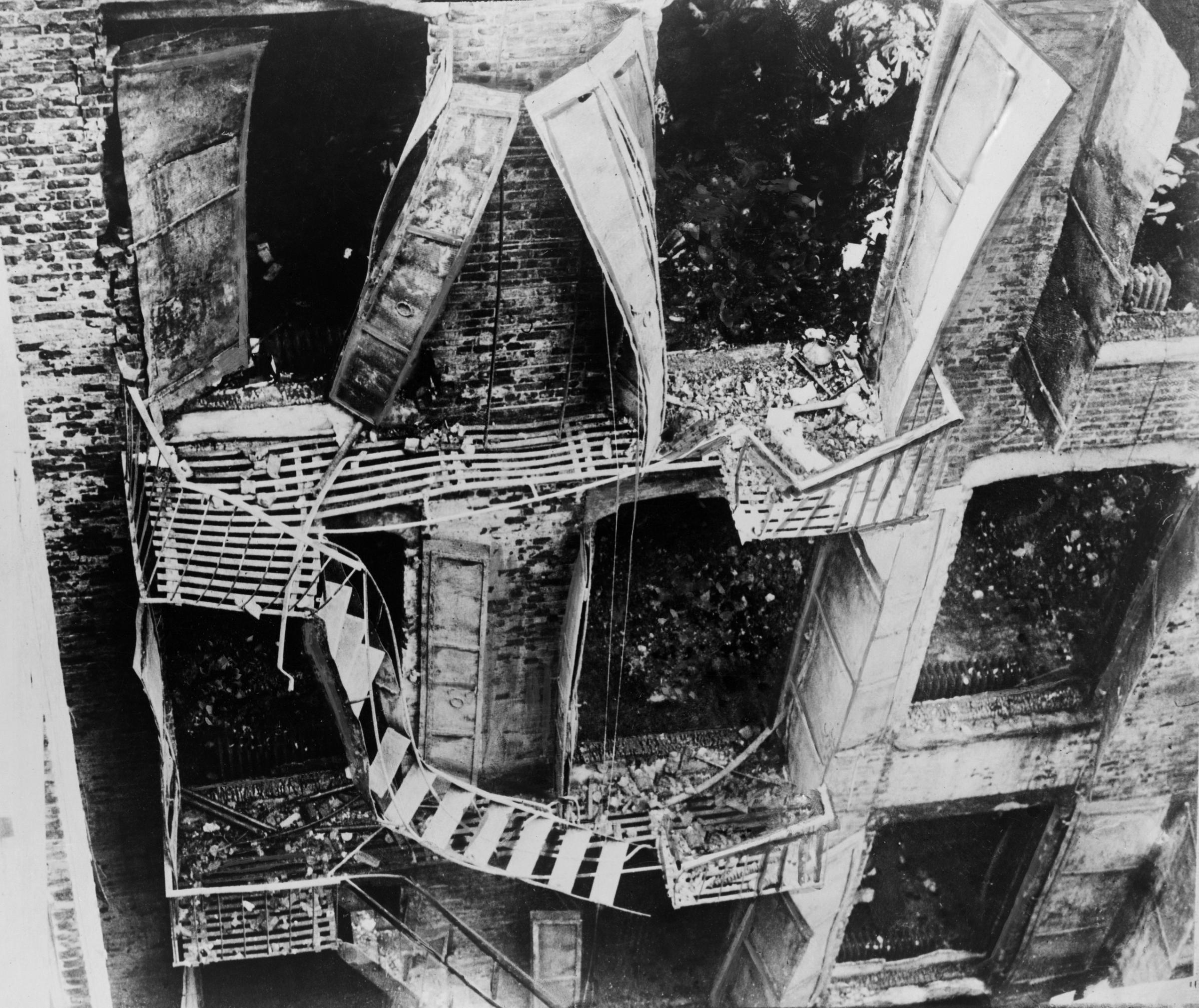
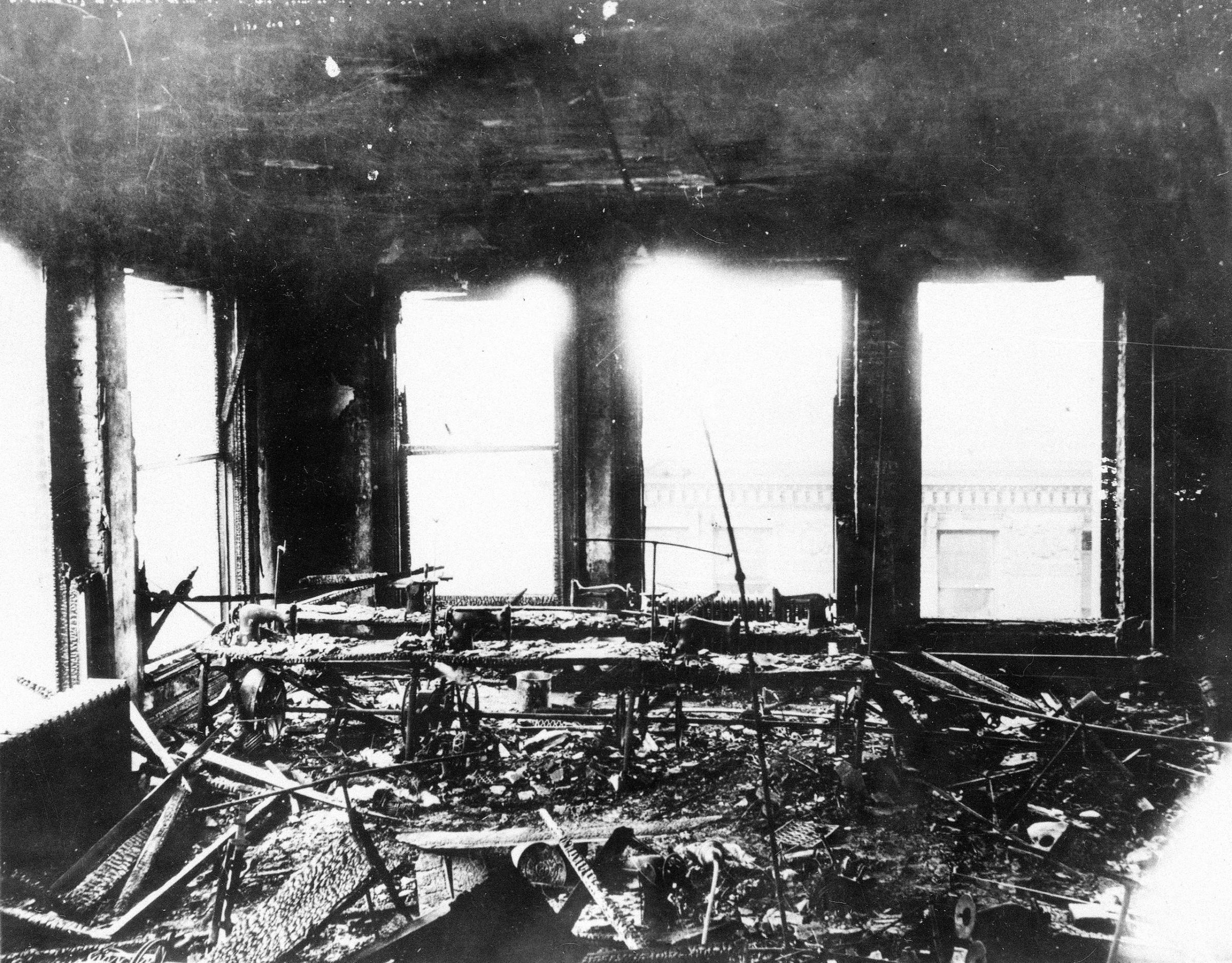

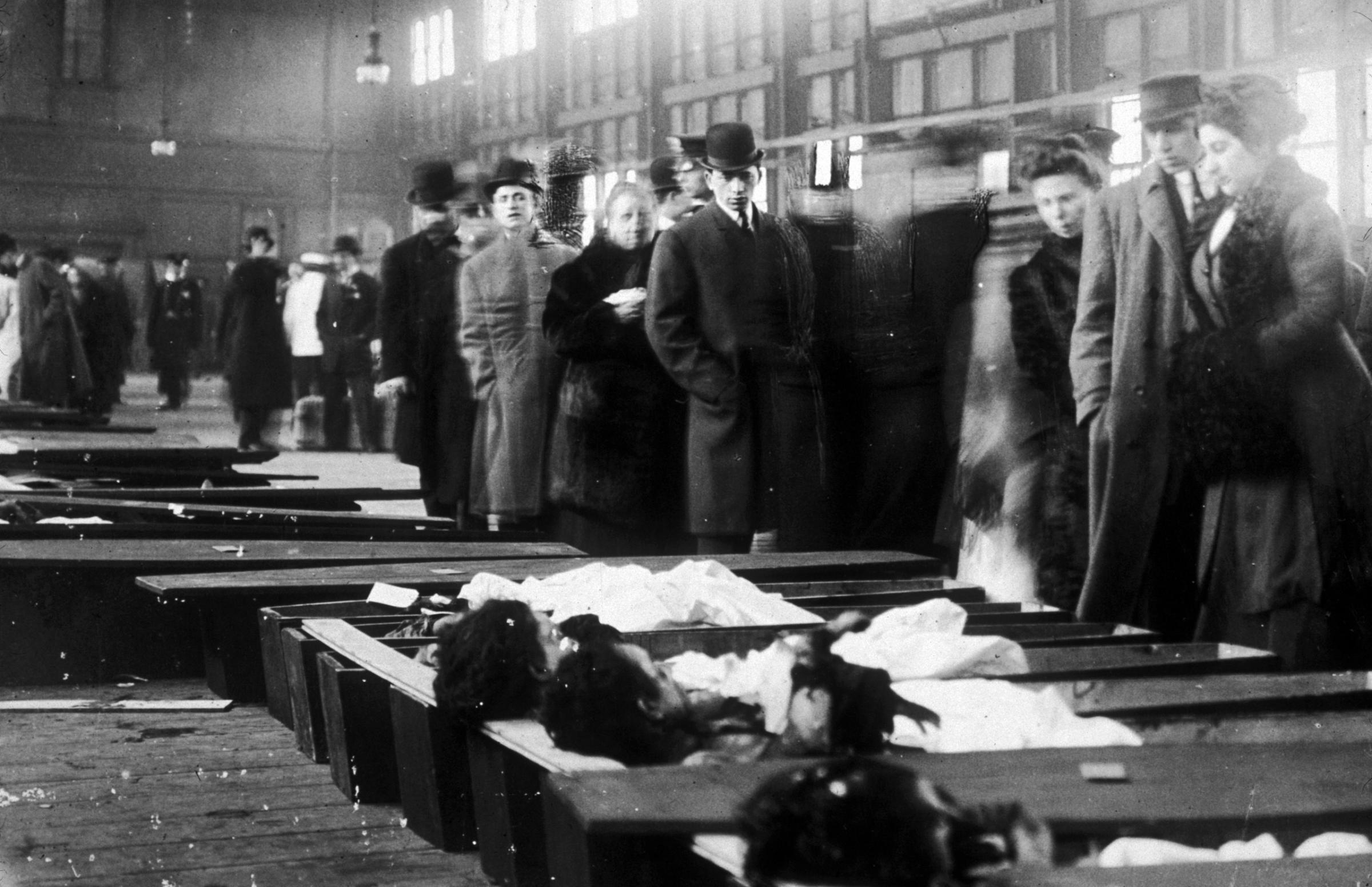
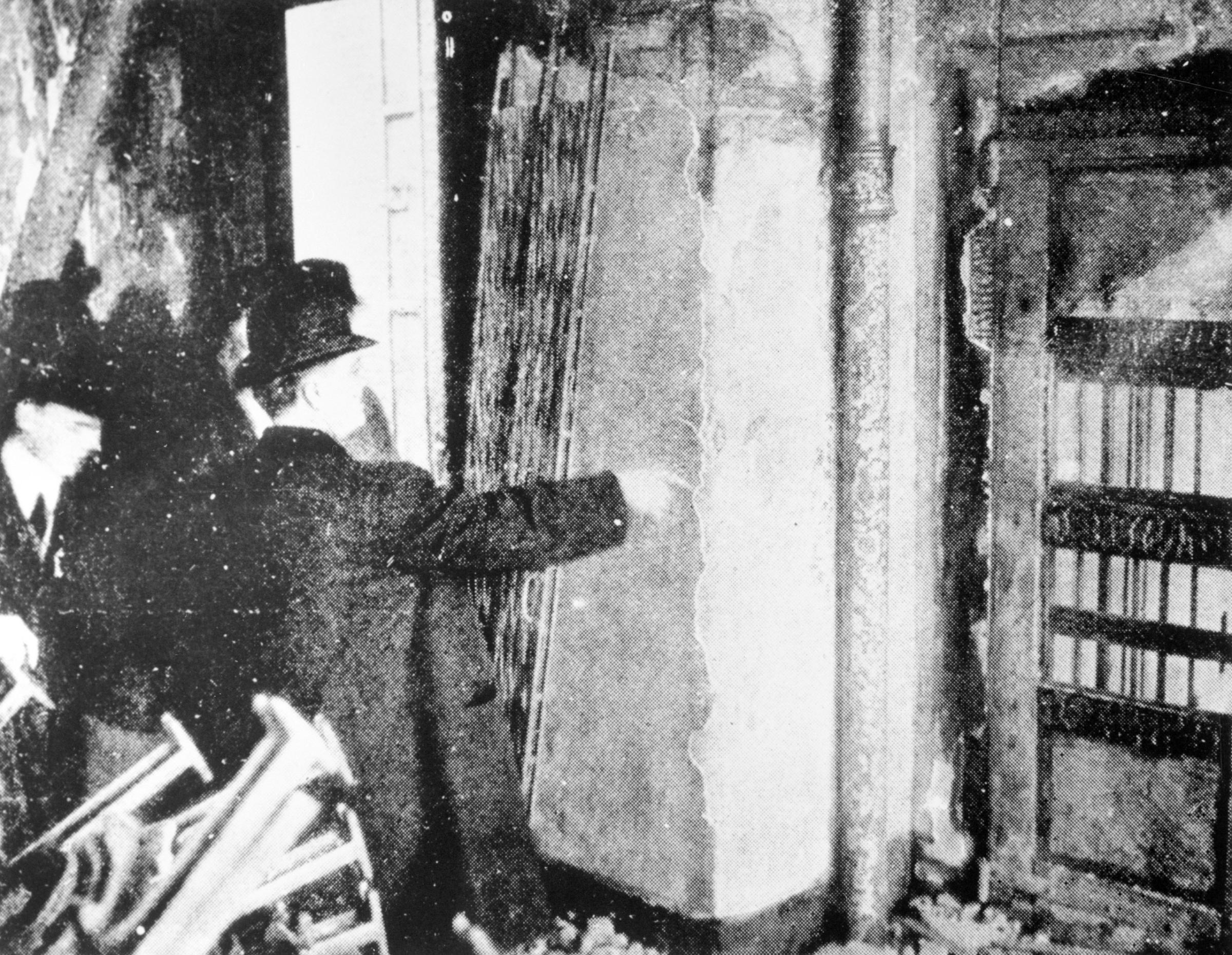
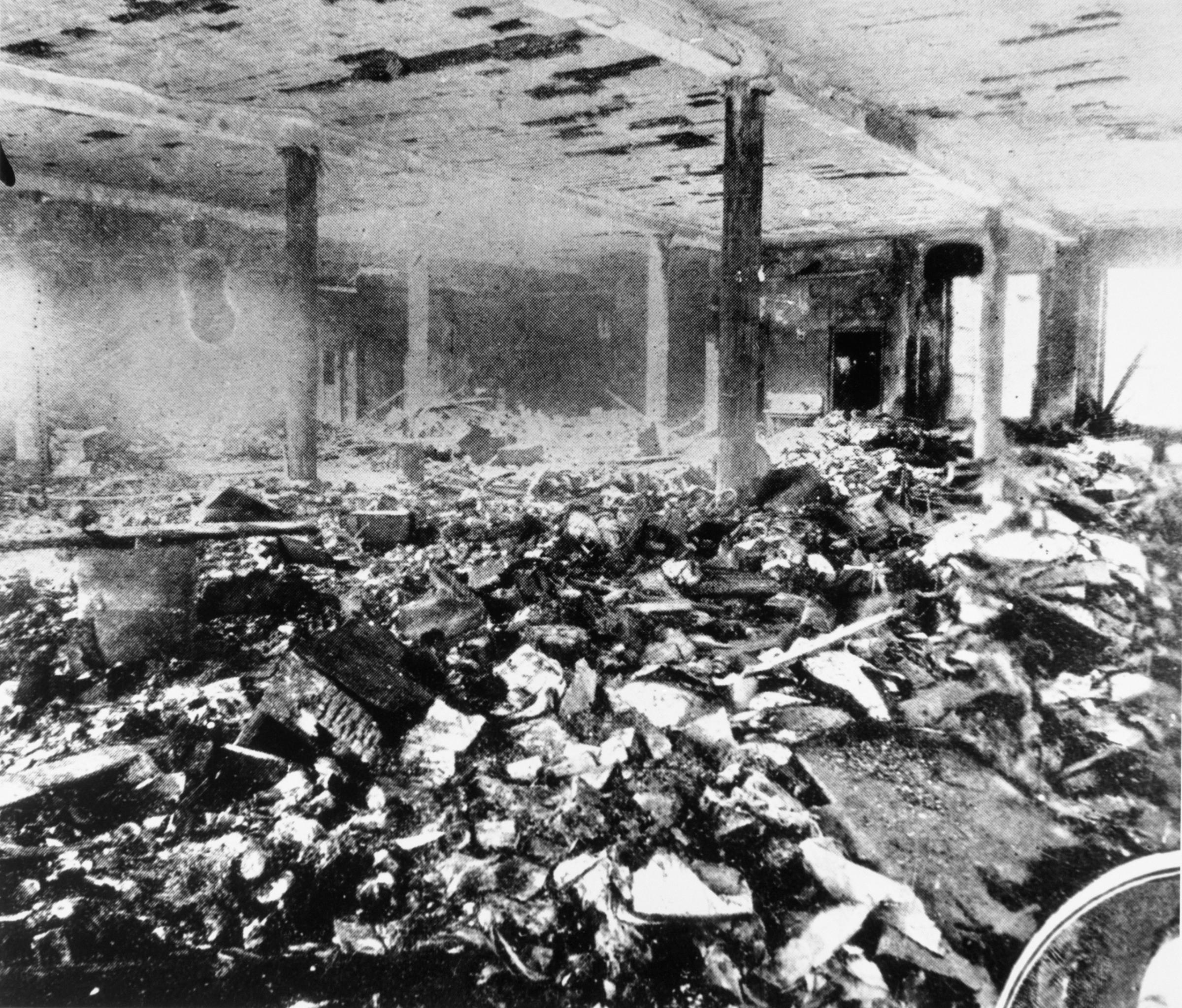
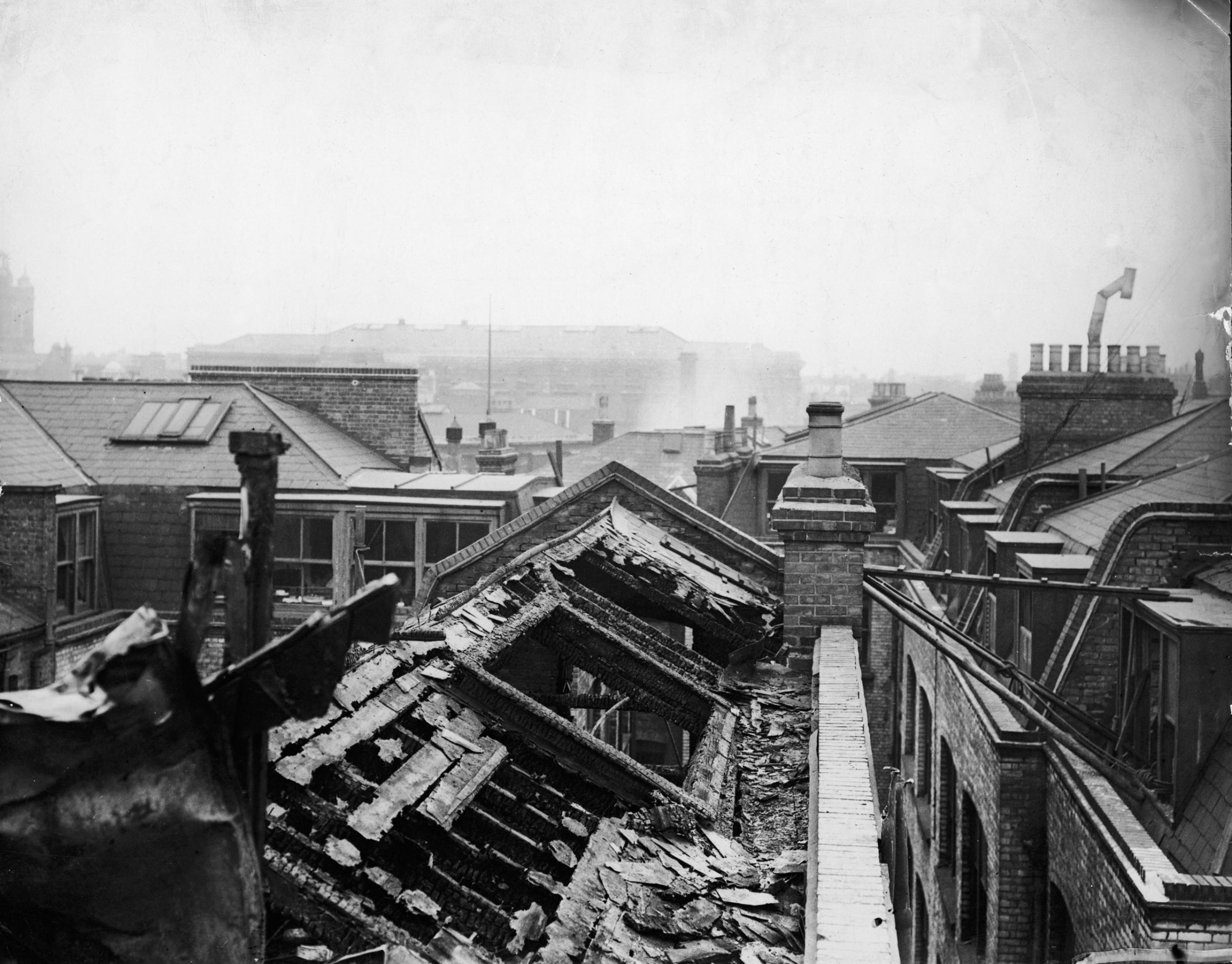

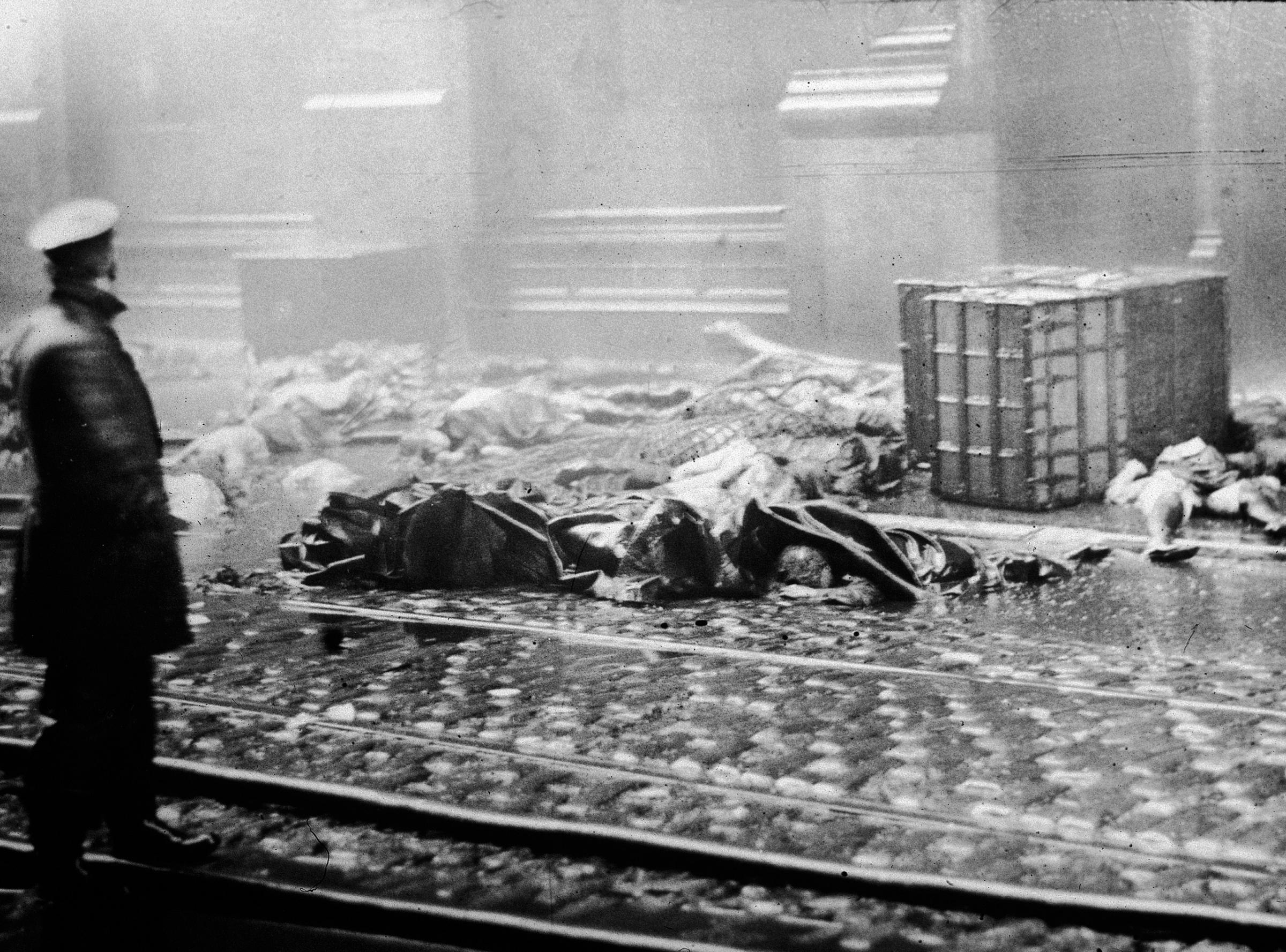
More Must-Reads From TIME
- The 100 Most Influential People of 2024
- Coco Gauff Is Playing for Herself Now
- Scenes From Pro-Palestinian Encampments Across U.S. Universities
- 6 Compliments That Land Every Time
- If You're Dating Right Now , You're Brave: Column
- The AI That Could Heal a Divided Internet
- Fallout Is a Brilliant Model for the Future of Video Game Adaptations
- Want Weekly Recs on What to Watch, Read, and More? Sign Up for Worth Your Time
Write to Lily Rothman at lily.rothman@time.com